Taming Wild Yards: How To Restore Overgrown Lawns


Fixing an overgrown lawn is not the work of a moment. It took months or maybe even years for the yard to get that messy, so expect to invest time and energy when taming wild yards. While you can take out the weeds with herbicides, chemicals have many downsides for your neighborhood and the planet.
If you are hoping for tips on how to restore overgrown lawns without chemicals, you’ve come to the right place. Read on for an overview of how to embark on overgrown lawn care.
Fixing an Overgrown Lawn
You might have purchased a property with an overgrown backyard and need to deal with it. Or you might have simply failed to do lawn maintenance in your own yard for a spell and are dismayed with the results.
In either case, take heart. Taming wild yards is entirely possible as long as you are prepared to put in the time and effort required.
When you are considering overgrown lawn care, the first step is taking a walk through. As you survey the area, carry a few garbage bags and a spool of red ribbon. Toss out junk you find in the backyard and mark woody plants you want to remove with the ribbon.
Removing woody plants is the next step to fixing an overgrown lawn. You may need more than your bare hands, so collect the appropriate tools and go to work. Once the area is cleared, you are ready to do an initial mow.
How to Restore Overgrown Lawns
Begin the next stage of overgrown lawn care by mowing the lawn area, adjusting the mower to the highest setting. It’ll be easier to get through this task if you walk in half lines rather than full ones. Wait a day or two before you mow a second time, making this go-round on a lower setting.
Gardening tips, videos, info and more delivered right to your inbox!
Sign up for the Gardening Know How newsletter today and receive a free copy of our e-book "How to Grow Delicious Tomatoes".
Immediately after the second mow, it’s time to rake up all the grass clippings. Don’t leave them on the grass as mulch if you are fixing an overgrown lawn; there will be way too much detritus to allow new grass to grow. Instead, get the cuttings out of there and give the lawn a good watering.

Teo Spengler is a master gardener and a docent at the San Francisco Botanical Garden, where she hosts public tours. She has studied horticulture and written about nature, trees, plants, and gardening for more than two decades. Her extended family includes some 30 houseplants and hundreds of outdoor plants, including 250 trees, which are her main passion. Spengler currently splits her life between San Francisco and the French Basque Country, though she was raised in Alaska, giving her experience of gardening in a range of climates.
-
 Never Plant Seedlings Until They Pass These 3 Simple Tests
Never Plant Seedlings Until They Pass These 3 Simple TestsDon't be over-eager to transplant seedlings into the garden before they are ready. These quick and easy checks will help ensure flourishing plants.
By Mary Ellen Ellis
-
 Grow ‘Karl Rosenfield’ Peony Plants For The Ultimate Frilly Border Beauties And Cut Flowers
Grow ‘Karl Rosenfield’ Peony Plants For The Ultimate Frilly Border Beauties And Cut FlowersFor frilly double magenta peony petals infused with a heady fragrance, grow ‘Karl Rosenfield’ peony plants. Here’s how to cultivate the ultimate plushy blooms
By Tonya Barnett
-
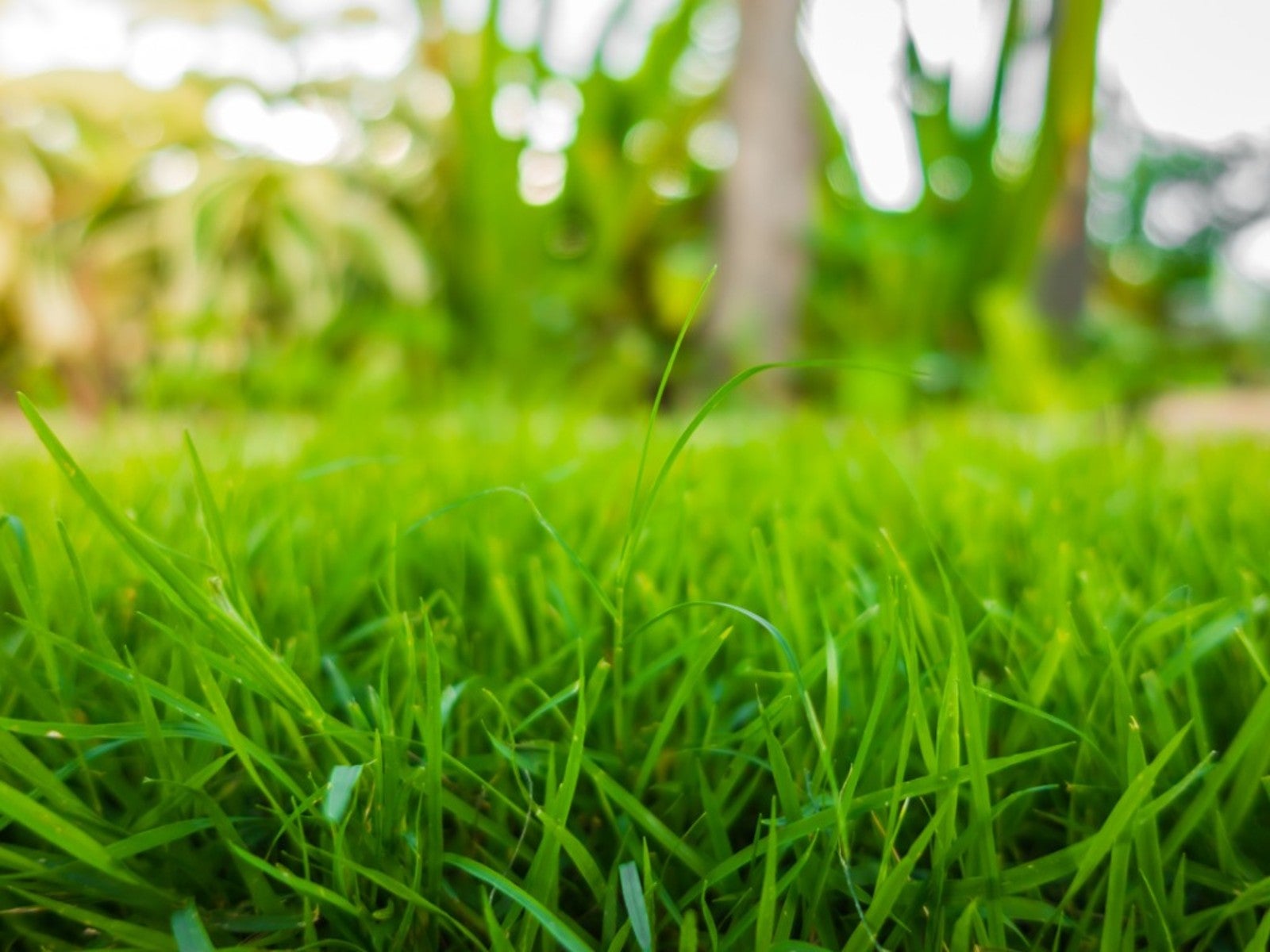 Sustainable Turf Species For A Greener Lawn
Sustainable Turf Species For A Greener LawnClick here for some of the most sustainable types of turf grass you can grow for an eco-friendly lawn.
By Bonnie L. Grant
-
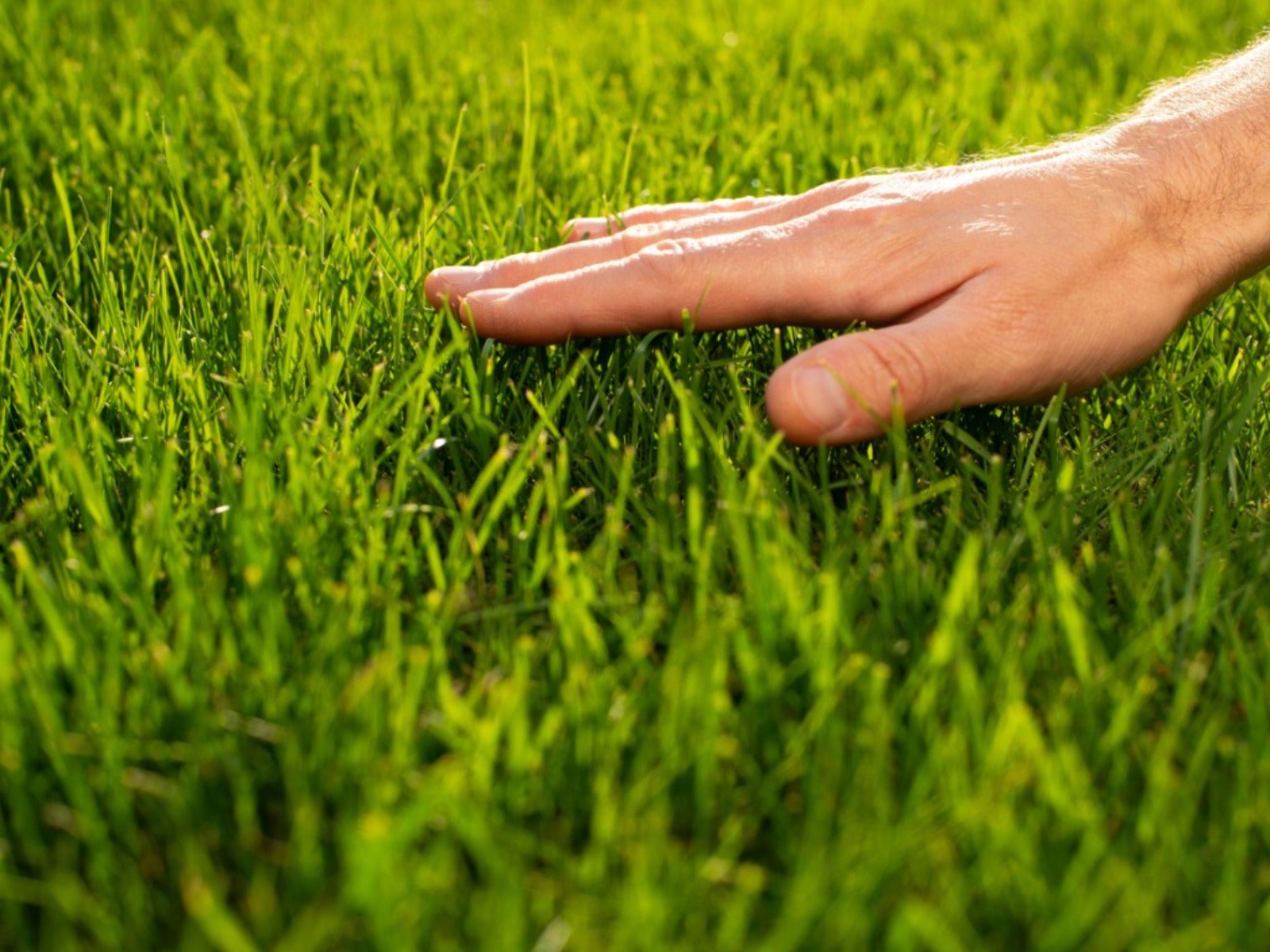 How To Grow A Sustainable Lawn
How To Grow A Sustainable LawnAdjust your thinking about a perfect green lawn and consider more sustainable methods. Click here to learn how.
By Mary Ellen Ellis
-
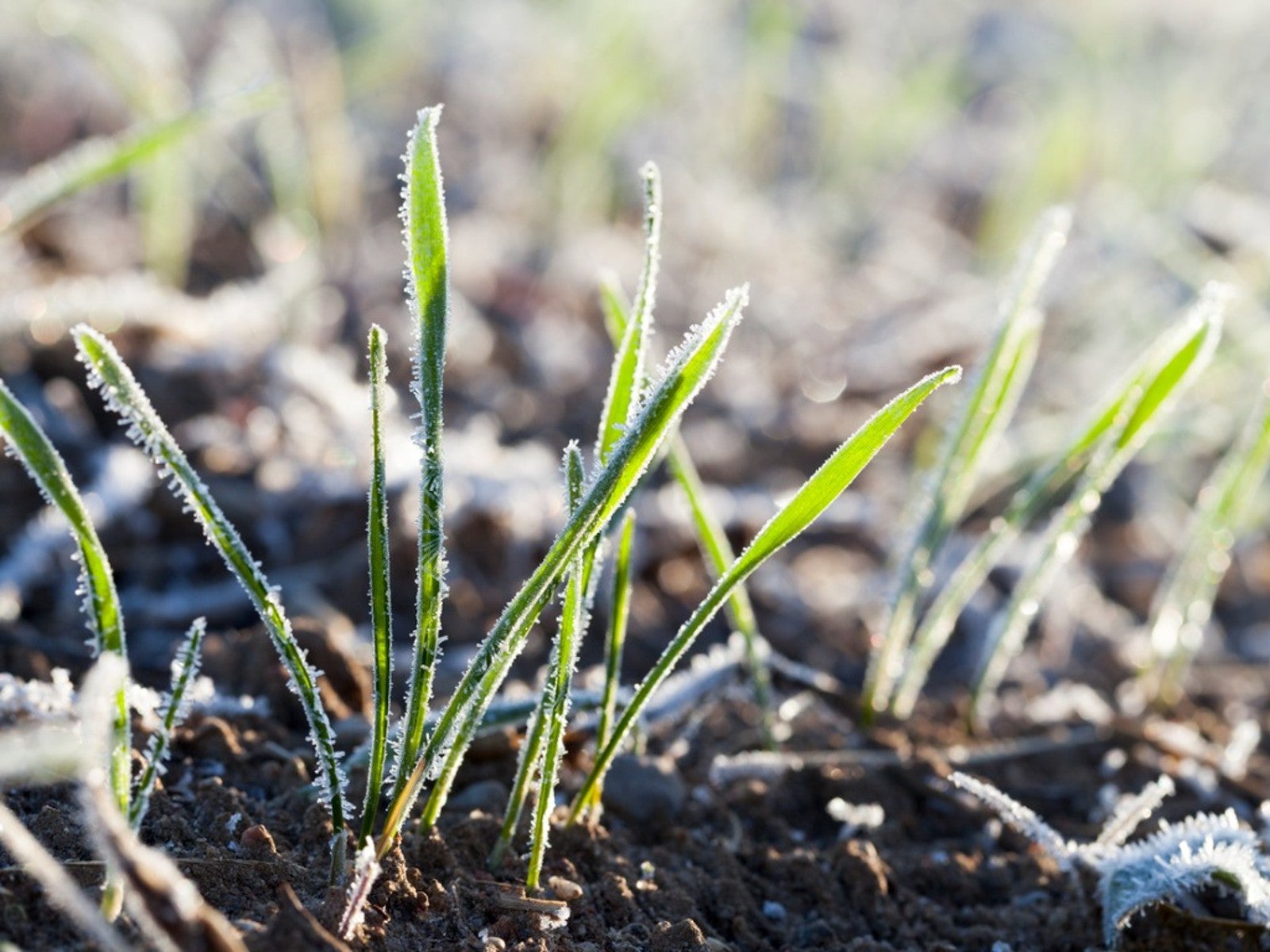 Will Frost Kill Grass Seed And How To Help New Turf Survive
Will Frost Kill Grass Seed And How To Help New Turf SurviveLearn how to help your newly sown grass survive frost and freezing weather.
By Amy Grant
-
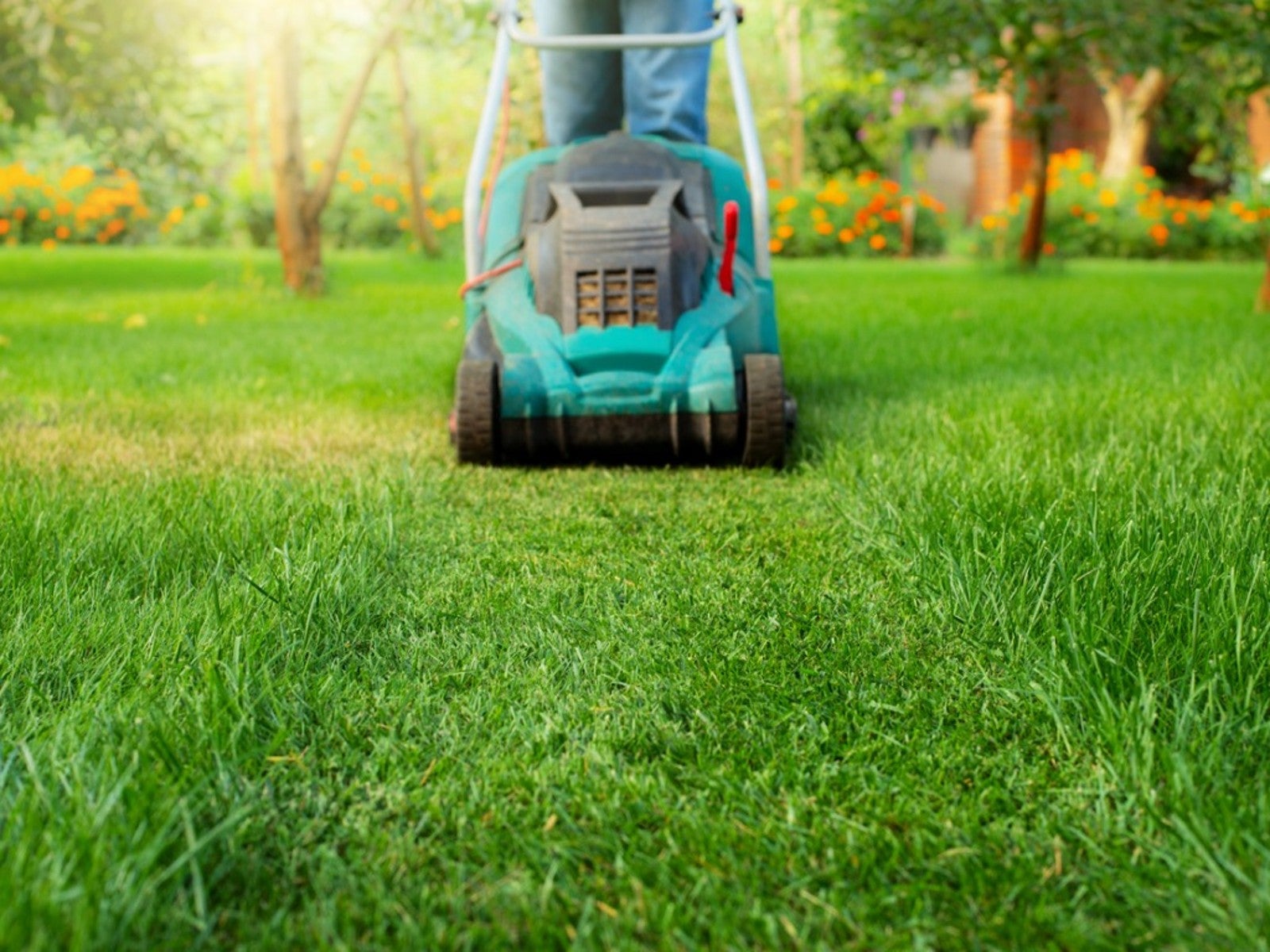 Lawn Problems That Aren’t Really Problems
Lawn Problems That Aren’t Really ProblemsYour lawn may not require as much work as you think. Learn which common problems aren’t really problems.
By Teo Spengler
-
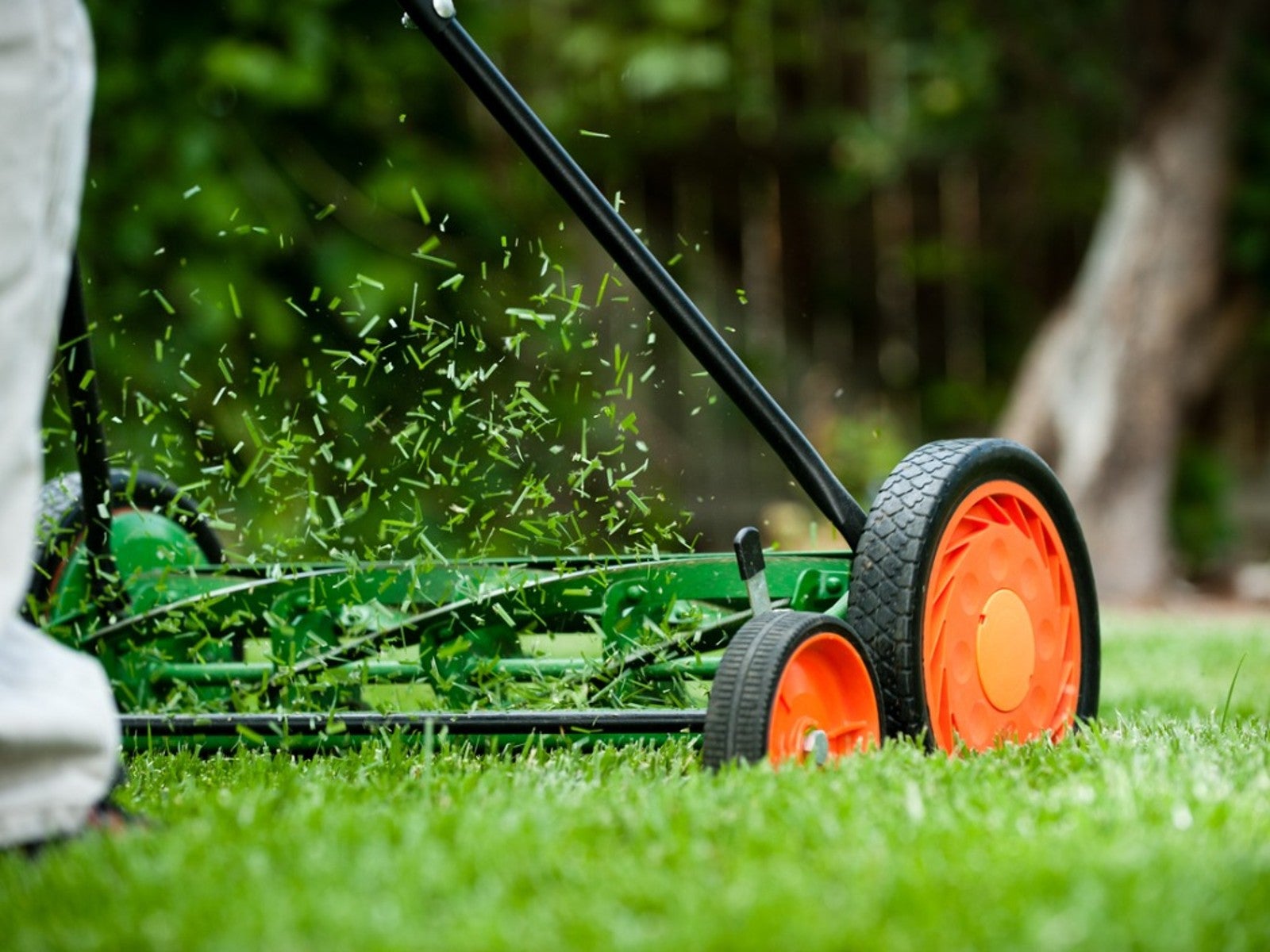 Why A Manual Push Mower Is Good For You And The Environment
Why A Manual Push Mower Is Good For You And The EnvironmentReel mowers are making a comeback, but why? Click here to learn about reel mower pros and cons.
By Amy Grant
-
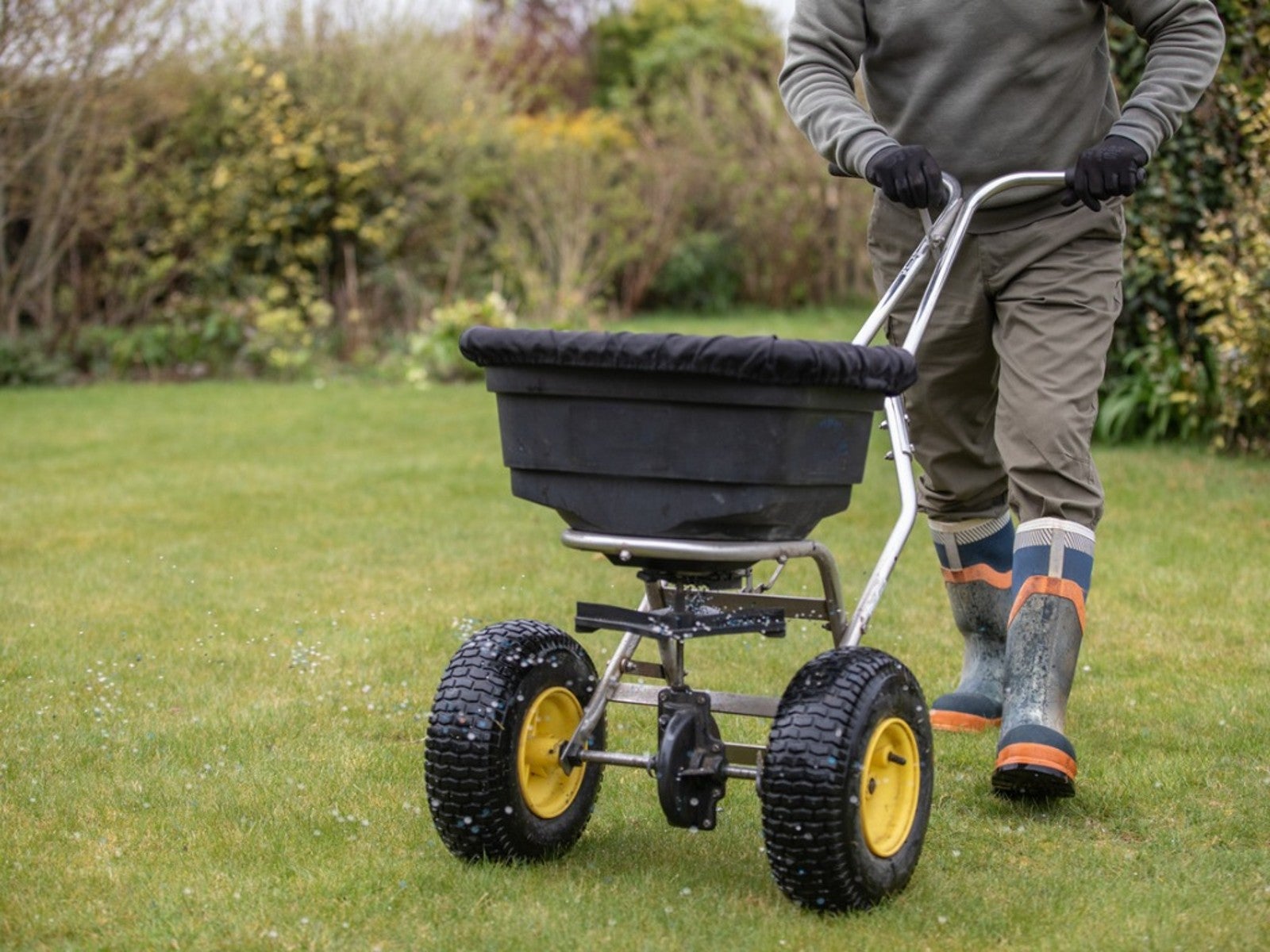 Fertilize Grass In Fall For A Lush Lawn In Spring
Fertilize Grass In Fall For A Lush Lawn In SpringFor everything you need to know about fertilizing your lawn in the fall, click here.
By Susan Albert
-
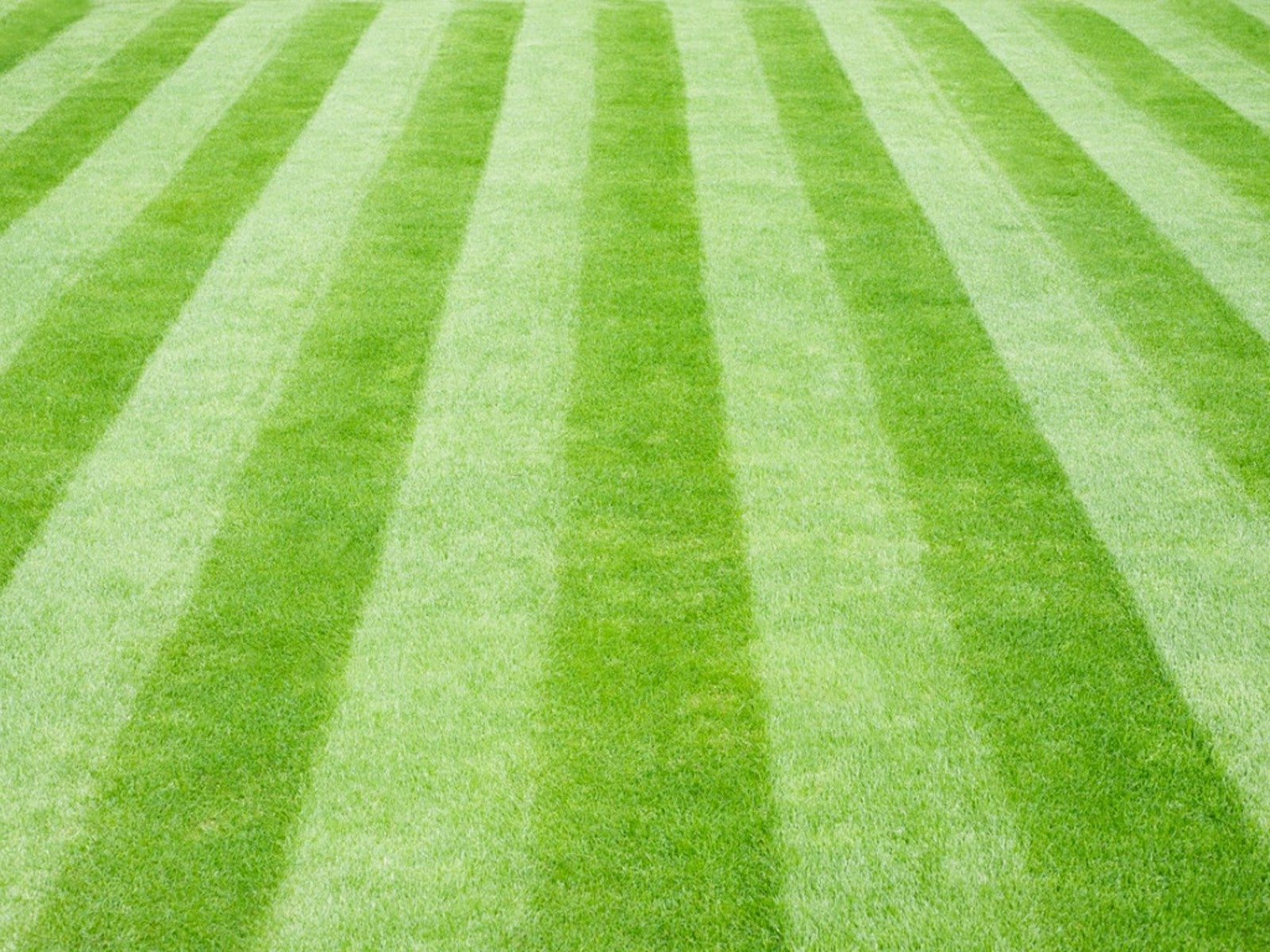 Tips For Mowing Stripes In Lawn
Tips For Mowing Stripes In LawnWouldn’t it be great to have stripes in your lawn like a sports field? Learn how here.
By Susan Albert
-
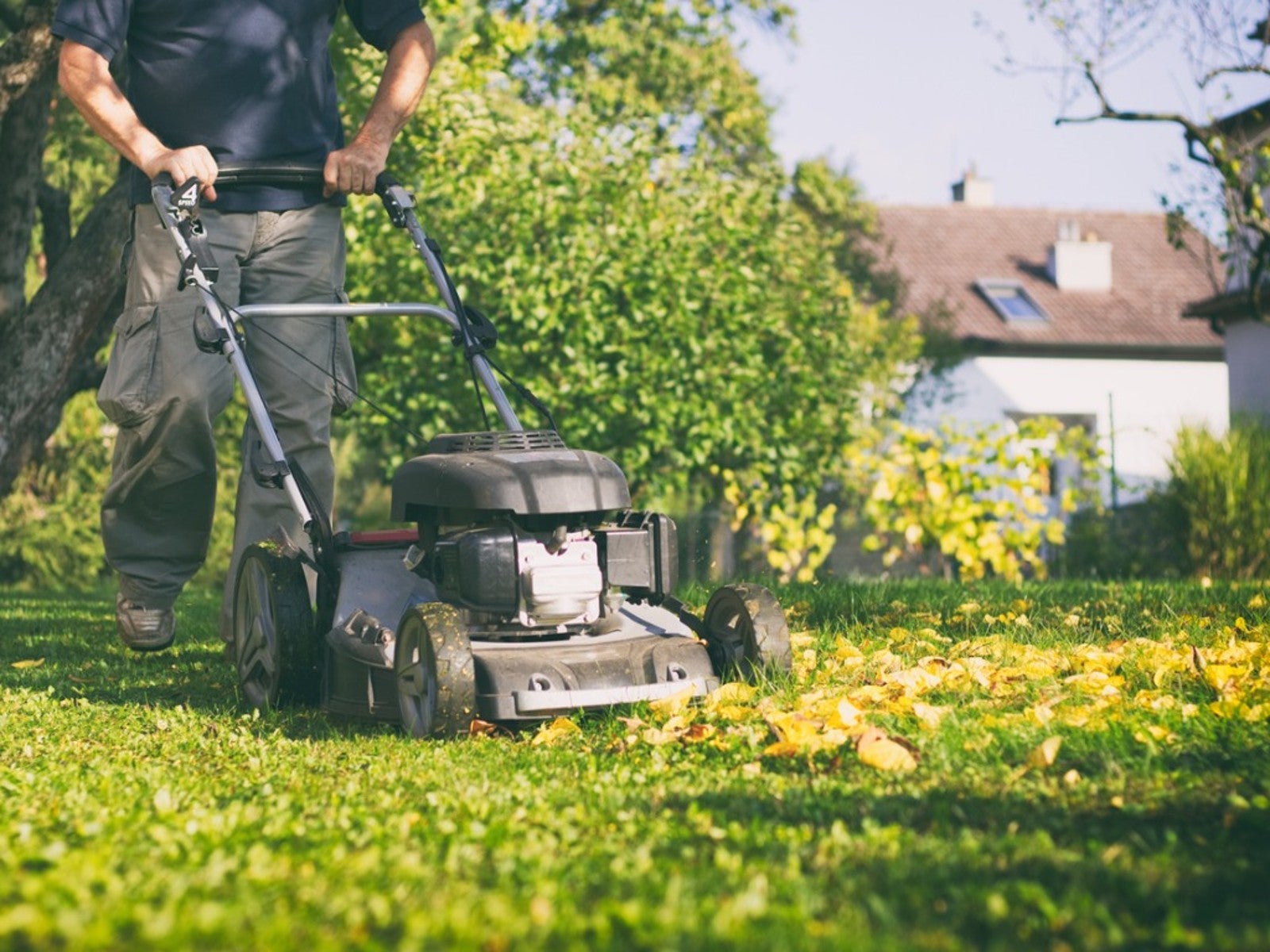 Late Summer Lawn Care Checklist
Late Summer Lawn Care ChecklistPlan to do some late summer care and maintenance of your lawn so it will be healthy and beautiful in the spring. Here are some tips.
By Laura Miller